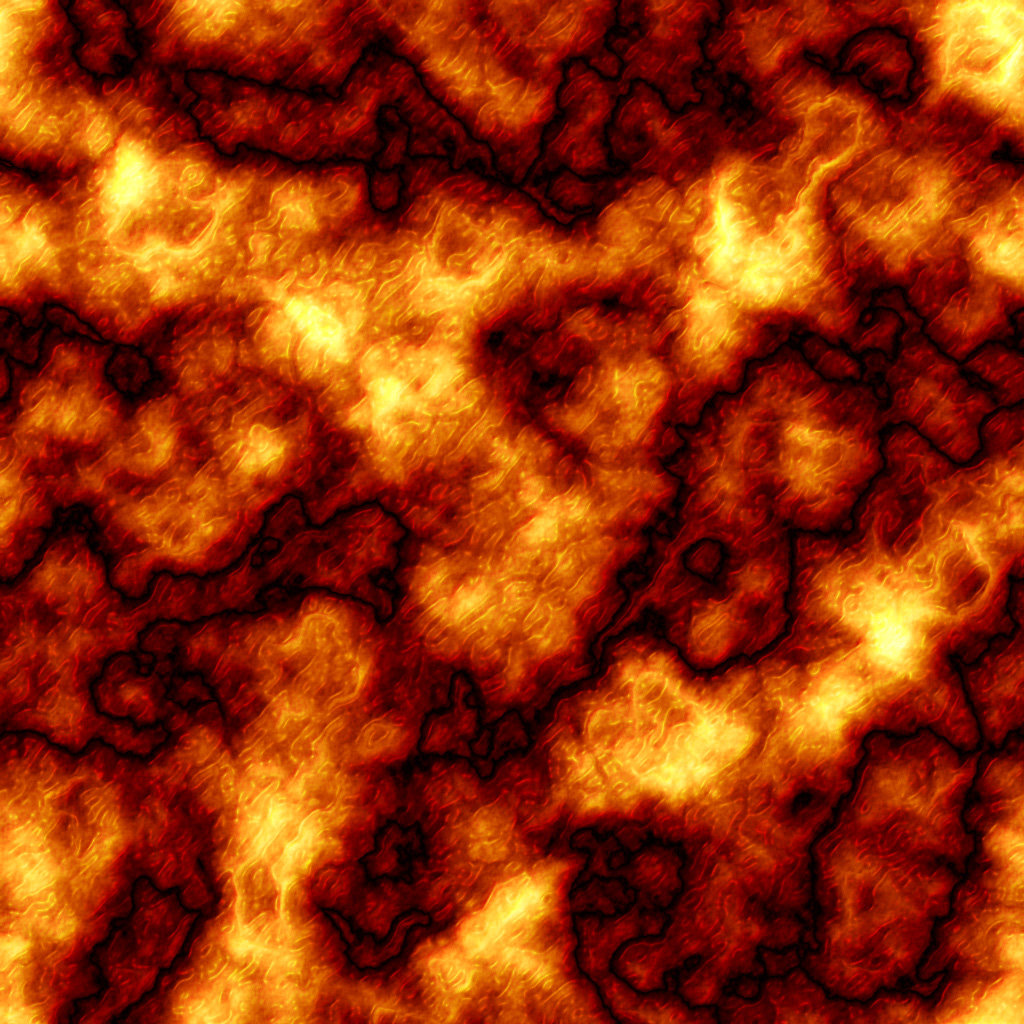I was Nobara user, then I am using Fedora right now. I want to use things like Hyprland etc. and ya know, Its damn cool to say I am using arch btw. So I’ve decided to use Arch Linux. But everyone says its always breaking and gives problems. That’s because of users, not OS… right? I love to deal with problems but I don’t want to waste my time. Is Arch really problemful OS? Should I use it? I know what to do with setup/ usage, the hardness of Arch is not problem for me but I am just concerned about the mindset “Arch always gets broken”.
AFAIK Next OS was discontinued about 30 years ago. Although some of it was used in OSX.
You mean NextStep?
Arch never broke for me.
Unless you seek trouble and do stuff without knowing what you are doing (like blindly copy pasting commands from internet into your terminal), it generally just works.
It’s not as good as those distros where all packages come preconfigured for you to work nicely together, so if you want to build a custom system (like, choose your DE/WM/panels/widgets etc), you have to configure all of that to intergate nicely. But you could always just install KDE and everything is pretty stable there, same as in any other KDE based distro.
What is a “KDE based distro”?
A distro that ships KDE in not a vanilla form and with some pre-installed custom configuration/fixes by default I think. Stuff like Kubuntu, Arco XL, Manjaro KDE etc
Ah ok. So basically any bigger distro.
I haven’t actually found one that doesn’t have kde.
That is not what he said. First, he means that the distro is KDE-forward and using that desktop environment by default. Second, he said that KDE was “non-vanilla”. Third, he suggested that the distro has extended KDE with its own utilities ( a more focussed version of the second point ).
To illustrate the difference, Ubuntu is a “bigger distro” but not a KDE one whereas Kubuntu is a KDE distro.
Red Hat does not package KDE ( which I assume means Rocky and Alma do not either ). You have to use a third-party repository to get it. Chimera Linux does not have KDE. I am sure there are others although it is not something I have paid attention to.
I mean, try it. Sometimes you can’t tell if something is the os or the users till you do.
Use what you like. In answer to your question though, my experience has been that Arch is super stable. I have had fewer problems with it than maybe any other distro before.
I update very frequently, multiple times per week. There is almost always something to update. Most of the time it is just before I wrap up. Sometimes it is while I am reading something. Often, it is just as I sit down ( if I have the time, I sometimes look into new features that have arrived ). According to Lemmy, this behaviour should lead to my system being down all the time and me getting nothing done. My system has been rock solid and productive.
Now it may sound like a lot of admin but it is a mindless one line command to update and it just works. For me, it is fast, unobtrusive, and reliable. I for sure spent more time looking for missing packages on other distros. I spent a lot of time finding ways to run newer versions on other distros. I spent a lot more time dealing with problems caused by multiples application sources on other distros. Like the reading example, I mostly update while I do other things so it is not actually taking any time.
I pretty much never see the need to use Flatpak on Arch for example. I for sure am not doing anything like PPAs. I do use the AUR heavily.
IMHO, Linux works best when everything is managed by the package manager. While I have never used Nix, Arch is the only system that has made that possible for me.
Well, I should be honest on this last point. I have added the CacheyOS repos to one system ( it is actually EndeavourOS but essentially Arch ). From those repos I run a binary pre-release of the new System76 COSMIC desktop. The same package is available in the AUR but would build from source there so the CacheyOS repo is just a convenience. Obviously this system is just recreational so I am taking more risk with the packages I am using. Still, other than the incomplete status of COSMIC, this system has also been rock solid. It is in my living room ( as opposed to office ) and so I use it quite a lot every day.
There is one thing that bugs me about Arch systems. If you do not update for a while, you will get two problems.
1 - you will likely get multiple packages which have been replaced or duplicated ( multiple sources for NodeJS as an example ) and you will be asked for each one which you want to use. The system will be fine but it is a bit annoying if there are a bunch at once.
2 - New GPG keys may have been added and you may have a chicken and egg problem where you cannot move ahead without installing the new keyring but do not have the right certs to do that. You can resolve this quickly but it sucks the first time it happens and you will be Googling. It is my number one complaint about Arch.
I have only run into the second problem above for systems that I have not updated in months but I have run into it so, again, I want to be honest. That said, I have had Arch systems that laid dormant for years which I was able bring right up to date. I had a laptop that was powered off for three years. I had to refresh the keyring and the update was gigs in size but it was completely up-to-date and solid as a rock at the end of it ( same update command that I use every day - “yay -Syu” ).
Ok, one other issue…
I use the AUR extensively including to install proprietary software like IntelliJ, Rider, Microsoft Edge, Postman, and BurpSuite. As a result, occasionally I get whacked with a massive update. I did not update my main system for two weeks and got hit with a 14 Gb update! That can be mitigated though.
Mostly I update with yay or paru which includes everything from the AUR. When hit with a big update, you can use pacman instead which updates just the stuff in the core repos ( not the AUR ). So you can put all the AUR stuff off until a better time. Nothing in the core repos is that big.
With yay, you can also select which individual packages to update. So, you can skip stuff like IDEA ( about 5 gigs on its own I think ) or something that is going to take ages to compile from source.
I prefer package management from the command-line. There is pacseek for a nice TUI. If you really want a GUI, both pamac-gtk3 and octopi are in the AUR.
While I have some pure Arch systems, I mostly use EndeavourOS these days. It is faster to install and I like the defaults, including that it installs yay by default ( providing out-of-the-box access to the AUR ). EOS used to default to Xfce. It uses KDE 6 now. The online installer gives you quite a few desktops to choose from. I do not thin that Hyprland is one of them but it can be installed easily after.
Anyway, I can only speak from my own experience but Arch does not break on me and I push it pretty hard. I keep saying I want to try something like Debian as the base with Arch in a Distrobox so I still get access to all the packages. I just have not bothered yet because Arch ( or EOS ) works so well for me.
If you know what you’re getting into, arch can be a great experience, I’d say give it a try!
Its looking good for me. And i like its gaming performance. The main reason for changing os is new experiences. I want Arch but the quotes “Arch is easy to get broken” yk was making me worry about it. But the previous comments helped me for that mindset. Im decisive for hopping on Arch. Thanks for reply, have a nice day.
I just switched from Nobara to NixOS on my gaming PC. I’ve had NixOS on my laptop for almost a year and decided I’m comfortable enough with it to use it full time, and it works great for gaming.
Before NixOS, I was a die-hard Arch user. The only reasons it would break were because I was trying a bunch of stuff from AUR to play around with Wayland + Nvidia when that was brand new, or when I would forget to update for a while.
It breaking was primarily due to me tinkering around and not fully undoing those changes. Now I can do that with no fear on NixOS, and it’s fabulous.
Ive walked a similar path as you, I think. I ended up just trying arch, because I was district hopping anyways, using 2 separate drives in my PC. I’d just nuke the system that I thought was worse, and Nobara survived quite a few other distros, but it finally lost to arch. I do have some issues, but nothing completely bricking my system, at least during the month I’ve been using it. The AUR and Arch documentation is frankly amazing, so I do think it’s worth it personally. Although I am thinking about trying Debian with the nix package manager when I can’t wait for Debian packages to update. But this time Nobara will be nuked lol
You should set up your partitions in a way that allows you to keep user data despite the system breaking, no matter the distro. I think the Nobara setup just did that by default, but arch doesn’t necessarily. Also watch out when installing arch using
archinstall, the partition layout suggested by it didn’t work for me and my friend due to an off by one error, resulting in slightly overlapping partitions. Not sure if they fixed that in the meantime, but doing it manually isn’t too hard either.My experience, ymmv, the most work went into configuring everything you need or want the first time. The right drivers for your graphics card, for your webcam, wifi, acpi multimedia keys, etc. Though I don’t use a gnome/kde/DE, so some of that may automagically work for you. After that though, updates don’t tend to break the things you’ve already fixed.
One time in 5 years the names of some acpi keys changed, and I had to update the script, and that wasn’t really arch’s fault. Also Google did a funny thing with their monospaced font that xft couldn’t handle, again not an arch specific thing.
And here’s a hot take for you, I only update about every 18 months. That’s usually how long it takes Discord to become binarily incompatible with installed libraries. Update the keyring first and never a problem.
(NeXT is something completely different)
anyways … the problem isn’t with Arch itself, it’s users randomly dipping into AUR thinking that the same level of safety checks that apply to the official repository also apply to the user repository – if you stick with the official repository or doublecheck an AUR package before running some random script off StackExchange, you’ll be fine
and if you want Arch with a little more polish, start off with EndeavourOS to get your feet wet and decide if you want to move to a pure Arch system at that point …
Like I said in the post on c/archlinux, I had more problems on ‘user-friendly’ distros, than I had on Arch.
Honestly I feel like if you can’t give a proper definition of what an OS or a distribution is in a single sentence, then stick to whatever is BOTH popular and matching your standards, both moral and economical.
My vote is universal Blue and its spins like Bluefin or Bazzite
I was an Arch user for 7 years and it never broke on me. Started with Gnome, than changed to XFCE after a couple of years and on my last year using it, I had no DE, only a WM. So multiple configurations, all rock solid. And I learned a ton in the process. Highly recommend using it.
NixOS
Arch has a good package manager and tests updates, but it is still a DIY distro.
If you add BTRFS snapshots with snapper, or timeshift with whatever, it is more stable.
What all traditional distros lack though, most important imho, is a “factory reset” feature.
Fedora Atomic desktops have this.
rpm-ostree resetHere is the issue tracker on more factory reset components to have a “like Android” experience. (Reset /etc, reset LUKS password, recreate a new user account)
If you want Hyprland on there, qoijjj maintaines wayblue where PRs for good defaults will for sure be accepted.
Ones of the reasons I like Pop, they install a recovery partition with a copy of the install USB, finally they have a ‘factory reset’ that reinstalls the OS while keeping the users home folders.
This is really great. Windows has something similar, just having a superstable parallel OS is a blunt but working solution.











